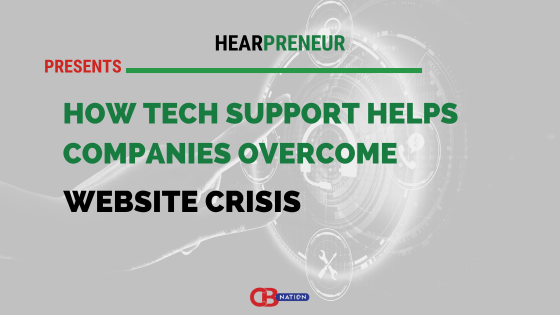Online retail is an industry flooded with window shoppers. Unlike the days when people were restricted to shopping at physical stores, online shoppers cycle through a never-ending wish list with the click of a button.
For customers, this means more convenience, as well as more options. Businesses, however, face both the pros and cons of a more level playing field. On a positive note, it is easier than ever to gain a high level of exposure through an influx of web traffic. The challenge facing business is being able to convert visitors into paying customers.
Catering to the Customer
Retargeting is a marketing strategy that seeks to address issues of timing, efficiency, cost and relevancy to the prospects businesses hope to reach. Very often, website visitors depart from a business’s webpage for a reason other than simply not wanting to buy the product. Sometimes these reasons are objections that can be overcome: the price is slightly too high, the product is close but not exactly what is needed, the customer is interested but not ready to make a purchase, or they were merely distracted by something else online.
The goal of retargeting is to convince web users who have visited your website to return. Statistically, returning visitors are 70% more likely to make a purchase. If they visited your website at all, they likely started with at least some purchasing intent, and their return is an even stronger signal of their interest. The tricky part for marketers is actually coaxing these visitors to return by utilizing the limited tools at their disposal. Fortunately, information and advertising are very useful tools.
How it Works
The power of cookies – small pieces of coding that collect information from web users – provides the foundation of retargeting strategies. Gaining insight into your audience’s browsing habits can tremendously help identify exactly why they departed from your website – and how to bring them back. One of the most revealing pieces of information is the last page they viewed on your website before they traveled elsewhere. For example, if they proceeded with the checkout process until receiving quotes for shipping prices, they may have decided the purchase was too expensive.
The next stage of retargeting depends upon ad facilitating services such as Google. After the user has left the website, they will see more targeted advertising in the places where they once saw generic randomized ads. These are obviously more likely to catch the user’s attention, as they advertise products and websites the user has already viewed.
When Retargeting Goes Wrong
The success statistics, however, fail to describe the drawbacks of applying retargeting incorrectly. Marketers know that ads become more effective as their target audience becomes more segmented. Certain ads, for instance, will appeal more to users in certain geographic region, of a certain age group, and – in this case – with a history of viewing similar websites. Yet, stopping there without further segmentation can cause shoppers to be bombarded with irrelevant ads.
If you categorize all common website visitors together and apply blanketed advertising across the board, previous buyers will see the same ads as those who failed to make a purchase. While those who left the page early may need a reminder in the form of an advertisement, previous buyers do not – after all, you are never less likely to buy a bicycle then immediately after you bought one. Such ads are not only inefficient and a waste of money, but they tend to annoy existing customers, who are already the most likely user base to return and make future purchases.
Even worse, too many annoying ads cause consumers to think less of the relevancy of targeted advertising and more of the violations of their privacy, as their browsing habits are literally being tracked – Google was even accused of violating Canadian privacy laws. It’s safe to say the least effective way of enticing customers to purchase a product is by pushing them to their limits.
A Balance of Mutual Benefit
With the exception of critics of targeted advertising in general – who can opt out – most potential lead repellants can be cured with a thoughtful retargeting strategy. Ads can be distributed without going overboard and cookies can be coded to be conditional. In other words, buyers who last visited a “thank you” page for their purchase can be given ads for complimentary products. If their purchase was a long-term investment – like a car – it would make no sense to send them more automobile ads. Visitors who are suspected to have left due to high prices can be targeted with special discounts, as gaining another customer may be more valuable than the coupon given out for free shipping.
The examples are endless, but the lesson is to consider the user’s perspective. The entire purpose of targeted advertising is to make matters more relevant to the customer and therefore more efficient for the business. Ads are unpleasant when they are overkill, but they would cease to exist if they didn’t do customers a favor by offering a good deal when the time is right. As proven by countless free online services, users are generally more willing to sacrifice privacy if they receive a large enough benefit in exchange. When marketers strike that balance correctly, both parties mutually benefit.
—
Sandra Donovan is a digital marketer with 15+ years of business-to-business marketing experience of technology-based products and services. She is Director of Marketing at IntelliConnection, a lead generation and marketing automation service that enables businesses to focus on closing sales instead of searching for prospects. IntelliConnection has delivered reliable services for three decades and continues to stay relevant and focused on its customers.






























![Monday Morning Motivation – Lionel Messi – Leave Your Legacy [VIDEO]](https://storage.googleapis.com/stateless-ceoblognation-com/sites/2/2015/08/photo72.jpg)






 |
|